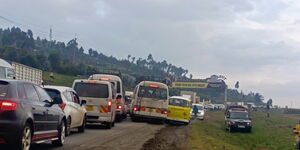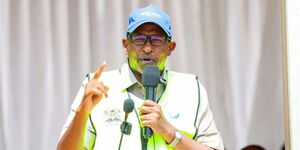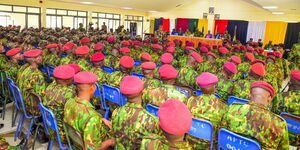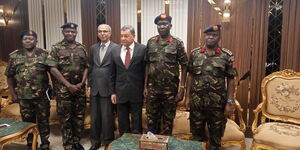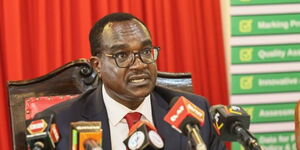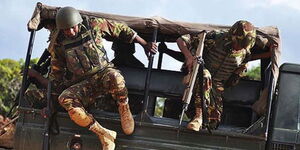Investigations into aircraft accidents normally take too long to conclude because of the complexities that are involved, according to Transport Cabinet Secretary Davis Chirchir.
Chirchir, who spoke before the National Assembly's Committee on Delegation Legislation, said several factors often delay the investigations, including the complexity of the accidents, and specialised processes that are normally involved.
Investigations are typically expected to be concluded within 12 months, under international guidelines and standards. However, this has not often been the case for Kenya as many of the cases remain unresolved.
Aircraft accidents, in particular, are subject to extensive specialised analysis, which is also dependent on the amount of data that should be collected.
“This timeline is due to the complexity of the process and the number of parties involved,” Chirchir observed. “Flight data recorders, for instance, often have to be analysed by aircraft manufacturers overseas, who may already have backlogs.”
Chirchir further observed that aircraft accident cases become more complex when they involve foreign nationals, since international agencies and foreign governments inevitably get involved.
He added, “There are many actors involved, and not all factors are within our control. However, we strive to ensure that the final report is released to the public within 12 months."
The CS's response came after concerns were raised by lawmakers over the prolonged timelines of aircraft accident investigations in Kenya, with the issue coming up during a meeting to discuss the proposed Civil Aviation (Aircraft Accident and Incident Investigation) Regulations, 2024.
Ainabkoi MP Samuel Chepkong’a, who chairs the committee, particularly brought to light the helicopter crash which killed former Chief of Defence Forces General Francis Ogolla, which is still the subject of many unanswered questions.
But Chirchir clarified that Ogolla's crash was outside the Ministry of Roads and Transport's jurisdiction since the docket is only responsible for civilian aircraft investigations.
“Our mandate does not cover military or police aircraft,” he added. “The investigation into General Ogolla’s helicopter crash is outside our jurisdiction.”
During the meeting, lawmakers proposed amendments to the draft regulations to enhance the clarity and effectiveness of aircraft accidents, with the Ministry being directed to revise and resubmit the regulations for further review.
Over the past two decades, Kenya has grappled with several aviation accidents, some involving top public officials. In 2003, a crash in Busia killed Labour Minister Ahmed Khalif and two pilots.
Three years later, in 2006, 14 people lost their lives after a Kenya Defence Forces plane crashed in Marsabit. Five Members of Parliament were among the deceased.
In 2008, former Roads Minister Kipkalya Kones, alongside Sotik MP Lorna Laboso, a pilot, and a bodyguard, also died after the aircraft they were aboard crashed shortly after takeoff.

